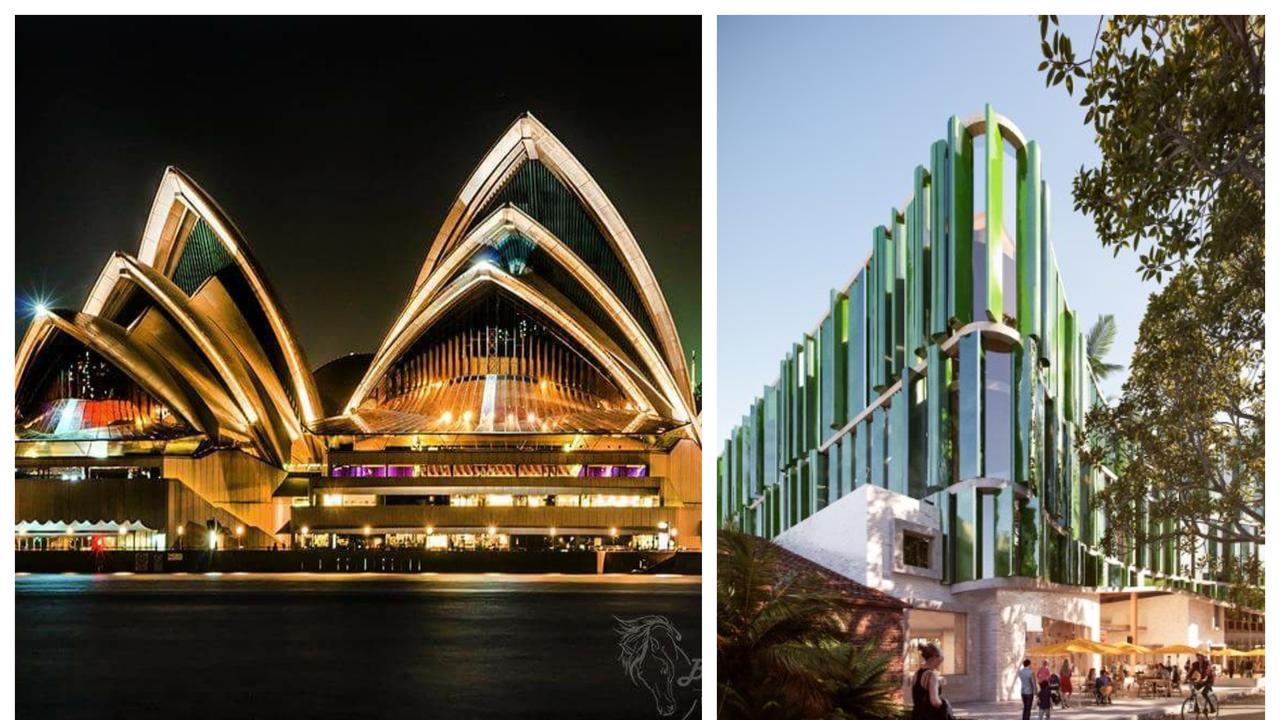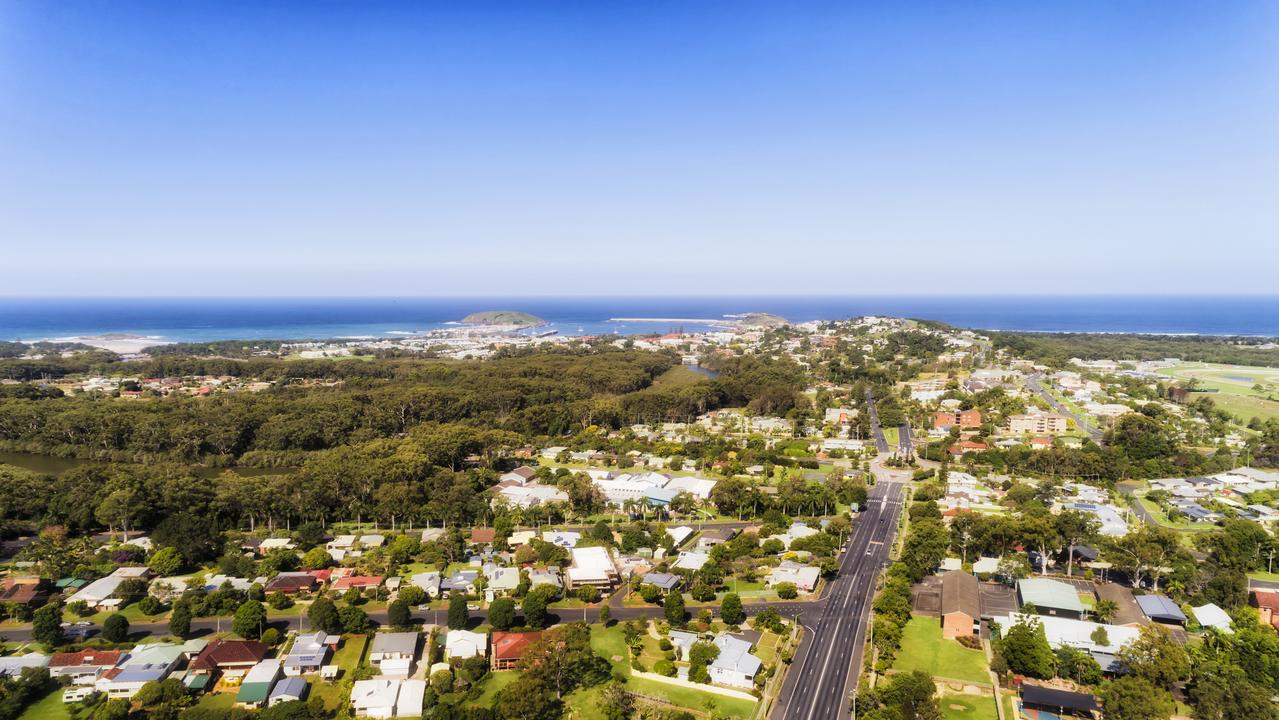Does the comparison stack up?
As the extraordinary standoff over the proposed Cultural and Civic Space continues, some have drawn comparisons with one of Australia’s most iconic buildings.

AS the extraordinary standoff over the proposed Cultural and Civic Space continues, some have drawn comparisons with one of Australia's most iconic buildings.
Those who support the Gordon St build with its high rise modern glass design, say Coffs Harbour City Councillors need to be brave, just like the politicians who weathered the storm of controversy over the construction of Sydney's Opera House.
RELATED:
Council chaos as Cultural and Civic Space standoff continues
Cost blowouts on civic space could be crippling
Mayor hits back at Fraser's criticism
Matching funds missing for Cultural and Civic Space
But some, including Simon Young from Sapphire Beach, says the comparison is stretching the imagination.
"Personally, I'm thinking Ferrari/Billy Cart, but I respect that some Spec Saver candidates will have an opposing view, and good luck to them," he said.
Mr Young outlines the five reasons he thinks we should not compare the two:
"The Opera House project was not a ruse to improve the digs of public servants; the Opera House is an internationally acclaimed entertainment venue; the Opera House is an internationally acclaimed architectural masterpiece; and lastly, The Opera House occupies an amazing, and priceless piece of real estate in one of the great cities of the world," he outlined in a letter to the editor.

With Coffs Harbour City Council in a bitter stalemate over the project there are some similarities between the two projects in regard to the associated political turmoil.
As the 1950s drew to a close it was the NSW Premier Joseph Cahill who was urging his colleagues to support the daring venture.
"In a young country like ours we ought to be courageous," he said at the time.
He had done more than anyone to push the project and spent the two years since Jorn Utzon's bold designs had been selected defending the expense of the building.
"We should pledge the future if need be," he had told NSW Parliament in March 1957, urging both his own Labor Party and the opposition to look beyond the present.
Cost blowouts dogged the project due to a range of factors including the fact the geology of Bennelong Point had not being surveyed accurately.
It had been assumed the promontory comprised Hawkesbury sandstone, like the surrounding land but it was actually loose alluvial deposits permeated with seawater and completely unsuitable for bearing the weight of the structure.
As a result, extra preparatory work, which had not been budgeted for, set the building on a course of extended overruns beyond its estimated cost of 3.5 million pounds.
Another major problem related to the as yet unknown weight of the roof, which would change dramatically in the coming years.
But Premier Cahill was determined to move the project ahead and fearful it would be stymied by bureaucracy or political opposition.
By pushing ahead, even before critical design elements had been settled, Cahill gave the project a momentum which proved irreversible. Even on his death bed the project was on his mind as he asked Norman Ryan, a former electrical engineer who was then the Minister for Public Works, to not allow the opera house project to fail.
Construction began in 1958 with the demolition of the Fort Macquarie Tram sheds, which stood on Bennelong Point but it wasn't until 1973 that it was officially opened to the public.
It is now considered one of the 20th century's most famous and distinctive buildings.
The proposed Cultural and Civic Space will be on Coffs Harbour City Council's agenda at their next meeting on August 8.


